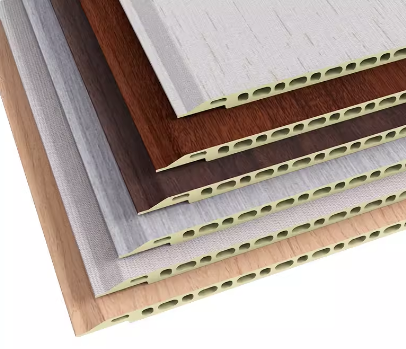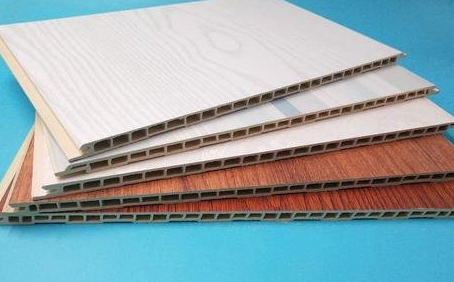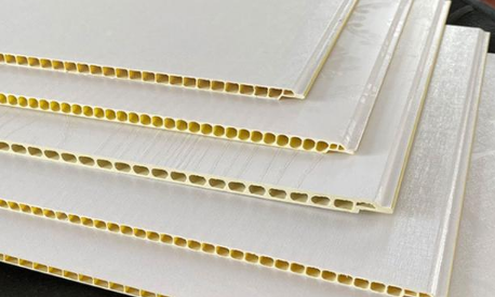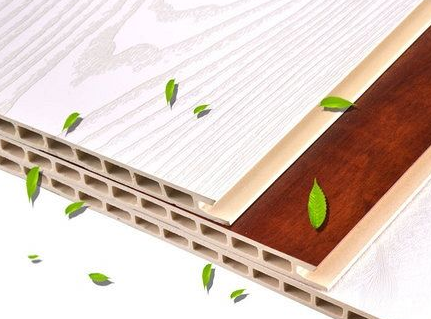

Advantages of Bamboo Fiber Board
The main advantages of bamboo fiberboard are fast installation, short construction time and low installation requirements. It is enough to cover the bamboo fiber integrated wall panels with coarse sand, and many materials and styles support personalized customization.
Great value for money. At present, apart from painting the walls white, only integrated panels save money. If you do a good job in design and construction, you can save money and labor by using water and electricity directly. It is indeed a good choice for owners who don't have much money for decoration and want to install well.
Bamboo fiberboard is superior to scraping white and diatom mud in terms of cleanliness and clean gloss. Diatom mud is mainly caused by uneven walls, which will accumulate dust, scatter light and absorb light.
Bamboo boards are not afraid of moisture seepage, diatom mud and the like. As long as the wall seeps, the house will be blind. Some people say that soaking in water for a long time will cause quality problems, but it can only be said that other wall decoration materials except ceramic tiles cannot withstand water for a long time.


Is it true that it is crash-resistant, moisture-proof and anti-corrosion?
Its craftsmanship determines that it is indeed impact-resistant, moisture-proof, and anti-corrosion. If you have children at home and have problems with high moisture, you can consider making bamboo fiber boards.

Is there a possibility of mold?
The board body is completely impermeable, and the wall will inevitably have moisture. If it is completely sealed, there may be mold problems over time.

Is the decoration effective?
It can show better results in decoration, especially in decoration plans that pursue environmentally friendly, natural and comfortable styles. Its advantages are more obvious.
Installing bamboo fiberboard requires some expertise and the right tools. The following are the general steps for installing bamboo fiberboard:
Preparation: Make sure the installation surface is dry and flat, and remove dust and debris to ensure a solid foundation for installation.
Measuring and cutting: Use a measuring tool to measure the area that needs to be covered, and then use a saw or other tools to cut the bamboo fiber board to the required size. Make sure you cut accurately and leave appropriate clearance to accommodate expansion and contraction.
Apply glue: Apply an appropriate amount of carpentry glue or construction glue evenly on the installation surface. Make sure the glue is evenly distributed and don't apply too much to avoid warping the board.
Install the bamboo fiberboard: Place the pre-cut bamboo fiberboard into the installation location and press gently to bond it with the glue. Using a tapping tool, such as a rubber mallet, tap the board lightly to ensure a tight fit.
Fasten the board: Use suitable nails or screws to fasten the edges and corners of the bamboo fiber board. Make sure each section of the board is securely attached to the foundation.
Treat the seams: If there are seams when installing multiple bamboo fiber boards, you can use caulking agent or edge strips to smooth the seams and ensure the beauty and sealing of the seams.
Cleaning: After the installation is completed, clean the residual glue and debris on the surface to ensure that the decoration effect is neat and beautiful.
Hot Tags: bamboo fiber board, China bamboo fiber board manufacturers, suppliers, Interior WPC Roof Ceiling, Outdoor Privacy WPC Fence, Indoor WPC Wall Panel, Prefab Modern A Frame House, Modern Prefab Shipping Container Homes, WPC Bathroom Flooring










